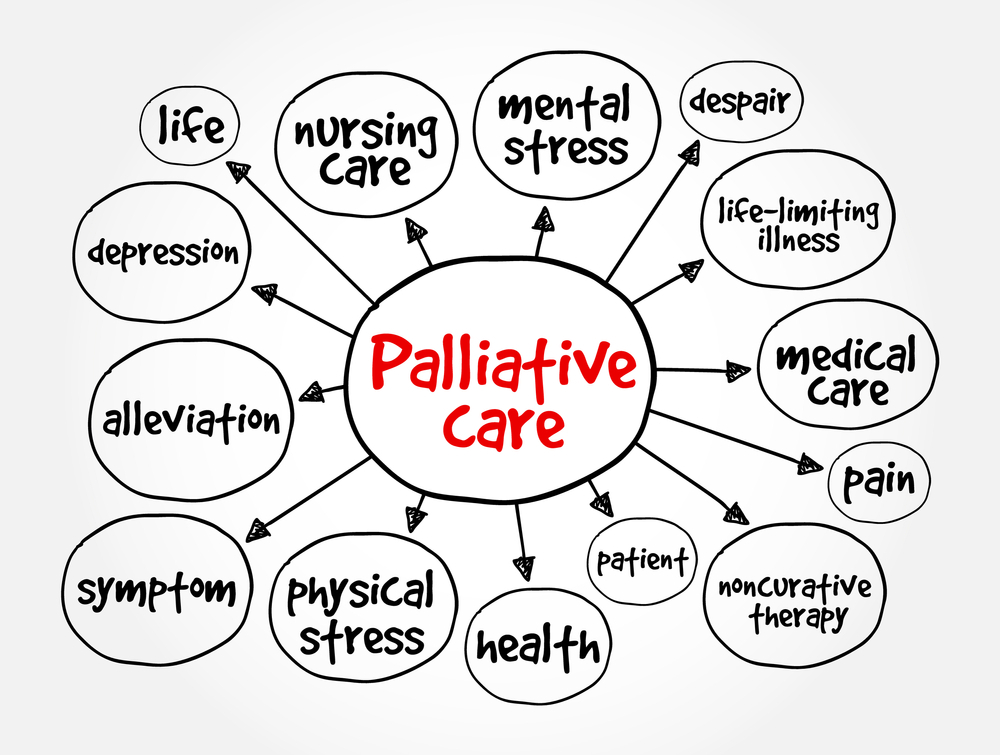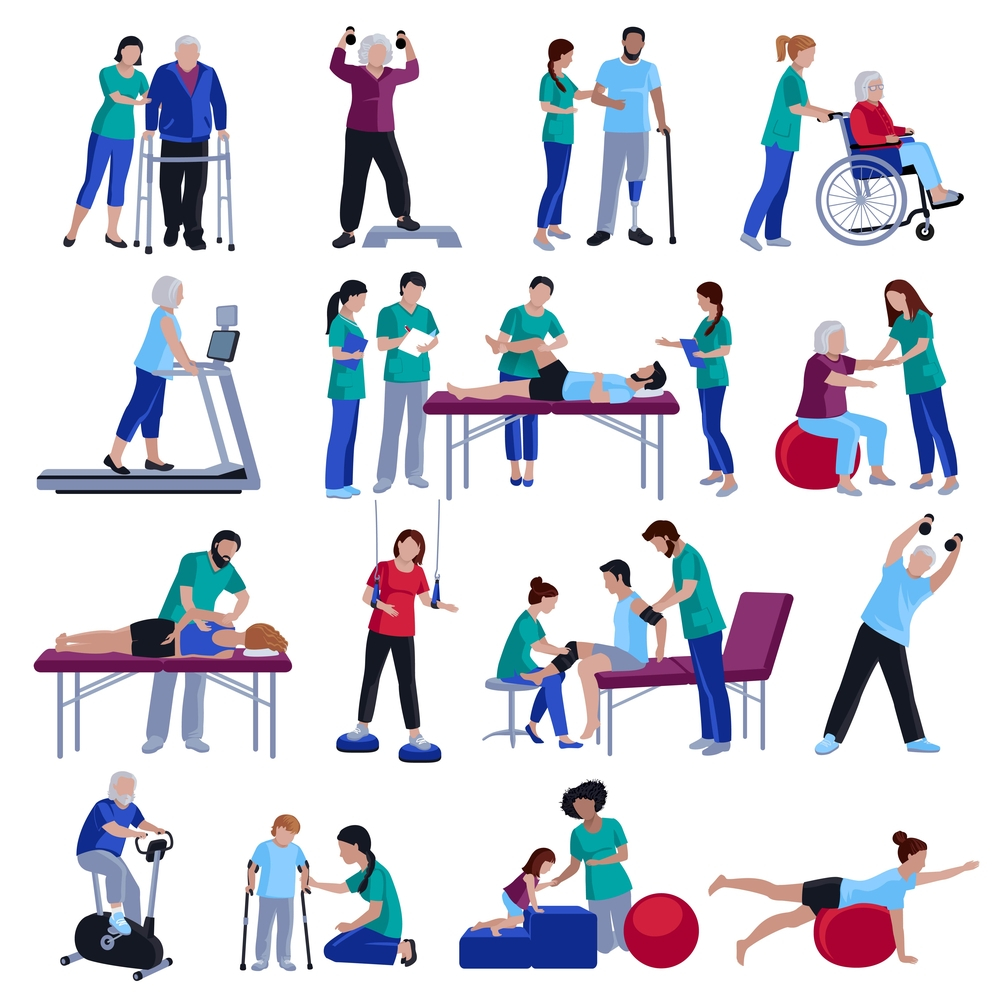Having a disease like lung cancer in the body has a very adverse effect on our daily life. Also many types of side effects during and after lung cancer treatment disrupt our daily life. This is why supportive therapy or care is needed.
Lung cancer supportive therapy, also known as palliative care, is about improving the physical, emotional and spiritual well-being of the patient and his family. Your care providers use a variety of therapies or medicines to help make your life more normal during and after treatment.
Understanding lung cancer supportive therapy
Specialized medical treatment to manage the side effects, pain, stress and anxiety caused by lung cancer and its treatment is called lung cancer supportive therapy or palliative care. This treatment or care works to get rid of a patient’s physical and mental problems very quickly. Patients of any age and any stage of lung cancer can receive this supportive therapy.

Doctors trained in supportive care or palliative care provide these services. According to the World Health Organization, every year 56.8 million people require supportive care for a variety of life-threatening diseases, including lung cancer.
What kind of problems can you get from lung cancer and lung cancer treatment?
Lung cancer is a leading cause of death worldwide. This disease has many painful symptoms. Again the old treatment of lung cancer and lung cancer new treatments has many side effects which make daily life difficult. Let’s take a look at what types of problems prompt a lung cancer patient to seek supportive therapy or palliative care.

- Difficulty breathing: If you have lung cancer, you will definitely have shortness of breath. And because of this problem you will be hindered in almost all daily activities like work, walking, sleeping.
- Cough: Both lung cancer and its treatment can cause a cough. And coughing due to lung cancer is very painful for patients. Sometimes blood comes out of the lungs with coughing.
- Pleural effusion: Cancer cells produce extra fluid in the space between the lungs and chest wall, called a pleural effusion. Normally a small amount of water accumulated here is drained but due to cancer cells it cannot be drained and excess accumulates.
- Blood clots: Lung cancer can cause blood clots in other parts of the body, especially the legs. And this blood clot can travel to the lungs and cause death. You need to be proactive to avoid these serious side effects of lung cancer.
- Fatigue: Lung cancer causes cough, shortness of breath, pain and pleural effusion cause fatigue in the patient’s body.
- Weight loss: Lung cancer patients experience loss of appetite due to lung cancer and its treatment, which causes them to gradually lose weight. It occurs with almost all types of lung cancer patients. But those who lose weight are much less likely to survive.

How does lung cancer supportive therapy help a patient?
According to the World Health Organization, only 14 percent of patients receive supportive therapy or palliative care each year. This may be because many still do not understand the effectiveness of supportive therapy.

Supportive therapy helps a lung cancer patient cope with two types of problems.
- Helps to reduce symptoms caused by cancer:
- Difficulty breathing
- Pleural effusion
- Blood clots
- Fatigue
- Cough
- Weight loss
- Stress, depression and anxiety
- Helps to reduce symptoms caused by cancer treatment:
- Nausea
- Loss of appetite
- Constipation
- Confusion
Also, if your cancer has progressed to an untreatable stage, supportive therapy can help you get back to a normal life and feel more comfortable.
What does lung cancer supportive therapy include?
There are several steps your supportive care provider can take to manage all the complications associated with lung cancer and its treatments, such as chemotherapy, radiation therapy, brachytherapy, etc.
- Oxygen therapy to reduce your shortness of breath.
- Painkillers such as morphine to relieve physical pain.
- Medicines for coughing up blood, swelling of the lungs and nausea.
- General treatment or medicine to relieve cough.
- Appetite stimulants.
- Counseling, support groups and family meetings to deal with fear, depression and anxiety.
In some cases, your palliative care provider may recommend some physical exercises.

Who Provides lung cancer supportive therapy?
Supportive therapy or palliative care is provided to lung cancer patients by a group of professional health specialists. They also consult with the doctors treating your cancer to take steps to improve your health. The group of doctors who provide your supportive therapy may include:
- Doctors
- Nurses
- Social workers
- Psychologists
- Dietitians
- Pharmacists
- Occupational and speech therapists
- Trained volunteers
All of these palliative care providers work together to keep you free from cancer-related symptoms and cancer treatment-related side effects.
Where you can get lung cancer supportive therapy
It is best to receive supportive therapy for lung cancer at home. It will also reduce the stress and anxiety of your family members. Moreover, you can get this supportive treatment in the hospital during the main treatment. Also, you can get this service conveniently at a palliative care provider doctor’s office or clinic.
Conclusion
Finally, supportive therapy is very important for cancer. Patients of any age can take it at any stage of cancer. It is very beneficial in treatment if taken at the beginning of cancer treatment. It increases the mental capacity of the patient which helps a lot in the success of cancer treatment.
1 thought on “Lung Cancer Supportive Therapy: Best Guide for All Patients”